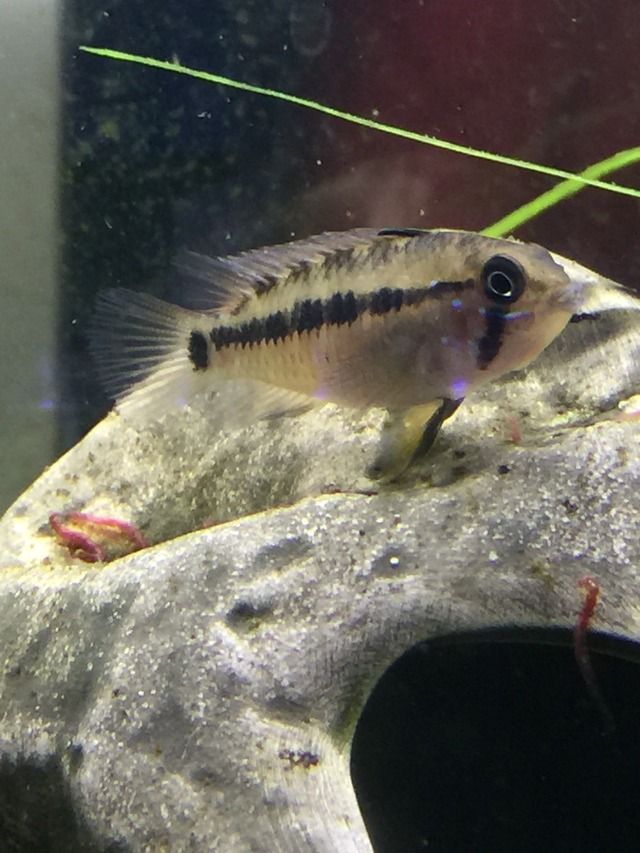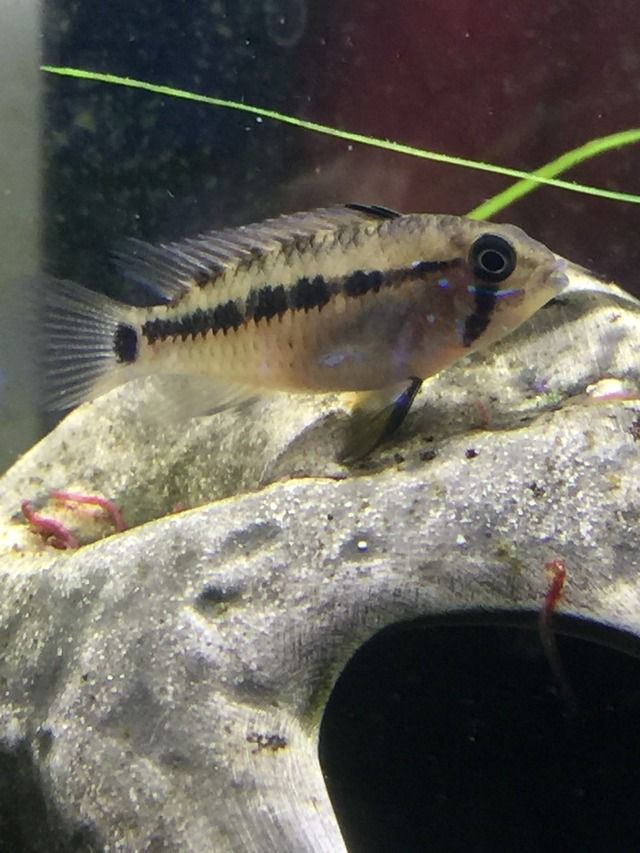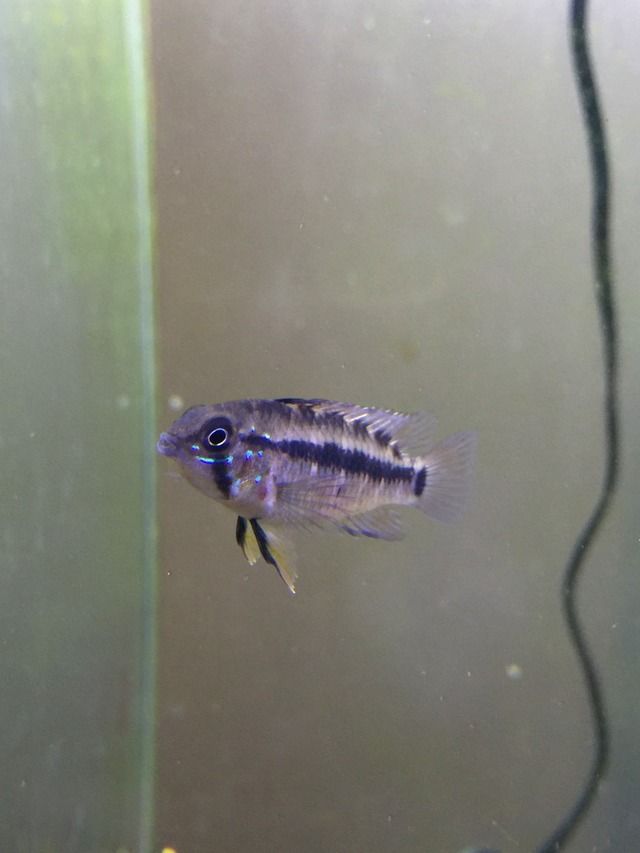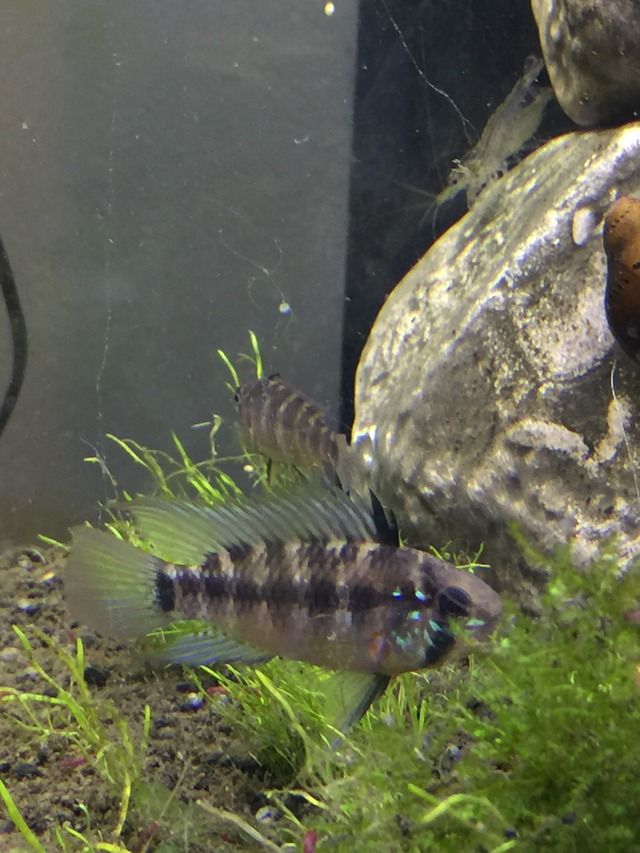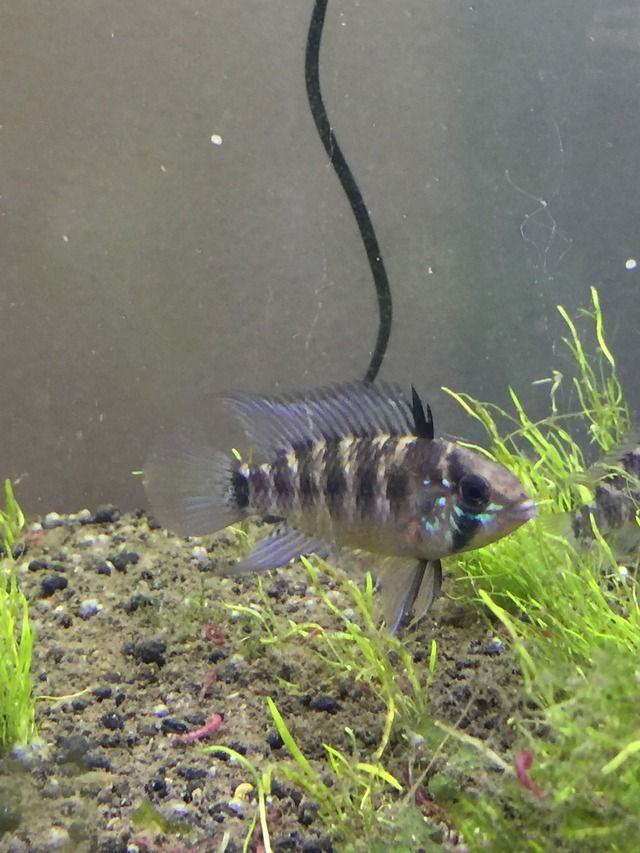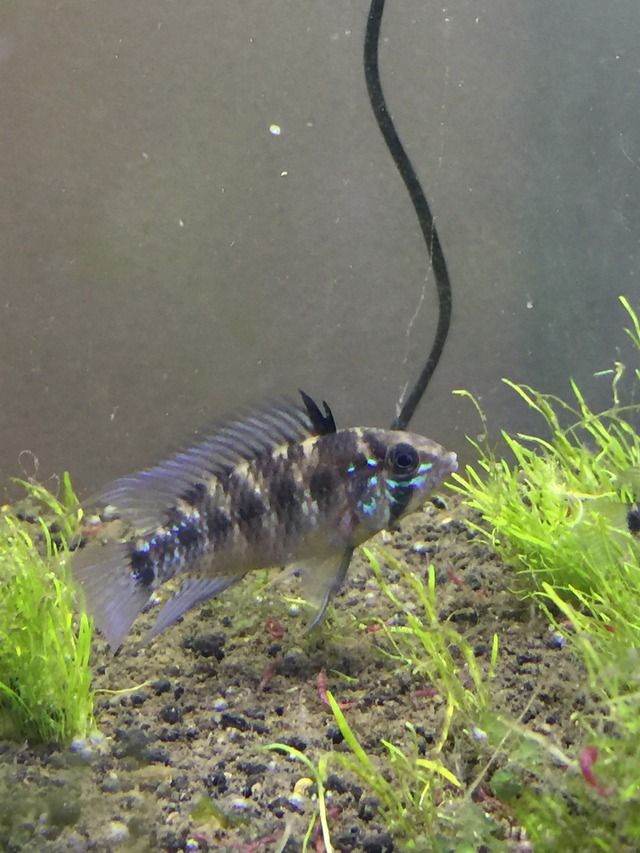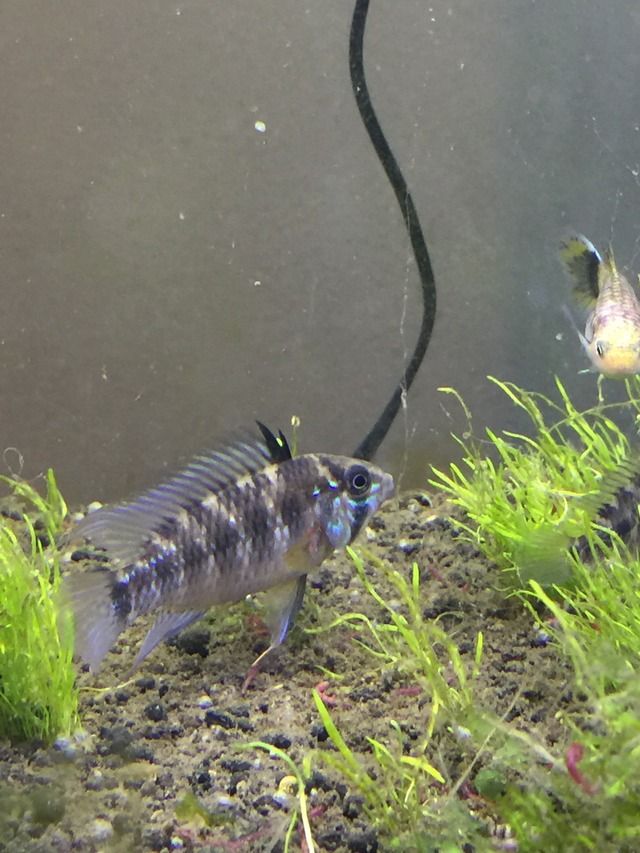- Messages
- 11,220
- Location
- Denver, Colorado, U.S.A.
I always believed that Römer's A. sp. Peru-Regani was a species different from the type A. paulmuelleri. I label it as "A. cf. paulmuelleri (Peru-Regani) in my species list. Actually there are at least 2 more paulmuelleri-like forms from tributaries of the Río Ucayali - and another from the Rio Juruá in Brazil. We just don't have enough data to make a definite statement about these forms/populations.
